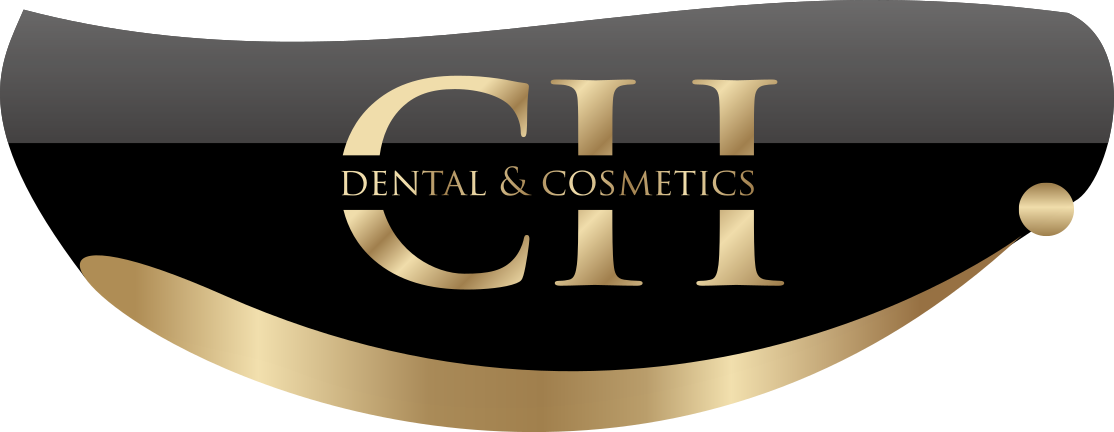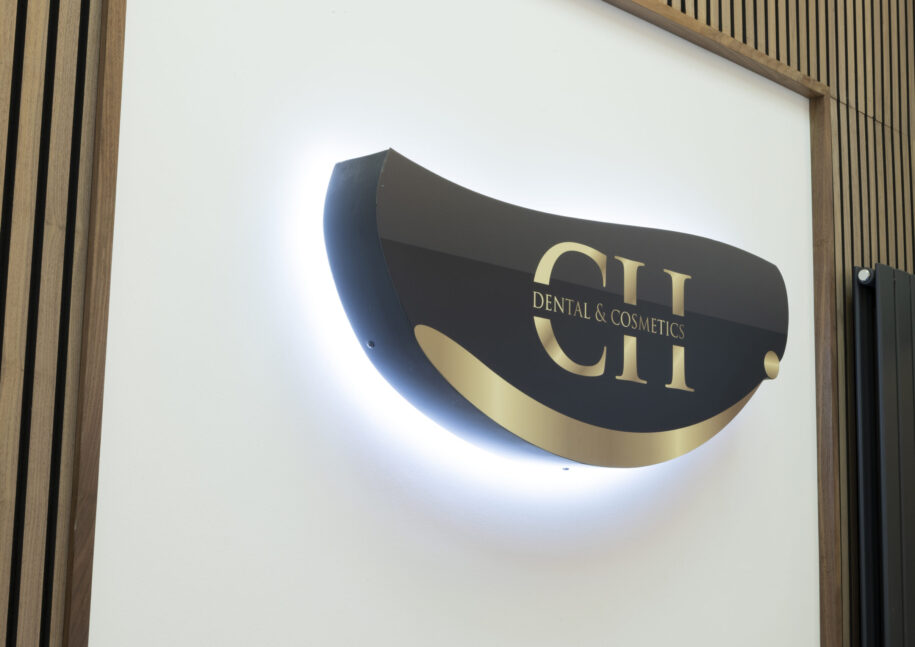13 February 2024
Building Strong Teeth: Discovering the Best Foods for Dental Health

Brushing and flossing are certainly critical to good oral hygiene. But did you know that a poor diet can affect the health of your teeth and gums?
What are the best foods for healthy teeth? What nutrients do these substances contain and how can they help to keep cavities at bay? Let’s look at some well-known examples so that you will be able to adopt a well-rounded diet in no time at all.
Cacao/Cocoa
Cacao is also known by the familiar term cocoa and believe it or not, cocoa has been proven to reduce instances of tooth decay when eaten in moderation. It is thought that this is due to certain chemicals known as polyphenols.
Polyphenols have been shown to prevent the growth of bacteria within the mouth that would otherwise damage tooth enamel and negatively impact the gums.
However, keep in mind that this is assuming that the cocoa contains no added sugar. You will also be happy to learn that natural cocoa may help to prevent heart disease and lower cholesterol. So, do not be afraid to indulge your sweet tooth on occasion!
Fish With Fatty Acids
You may have already heard that omega-3, 6 and 9 fatty acids provide a host of cardiovascular benefits due to their “heart-friendly” nature. This is why it is also great news that certain types of fish can positively contribute to your oral hygiene.
Furthermore, the high concentrations of vitamin D found in fish such as sardines, salmon and tuna help to reinforce tooth enamel.
Omega fatty acids can also help to protect the gums from damage when brushing and flossing. The good news is that fish is likewise an excellent source of high-quality protein.
Grass-Fed Dairy Products
Vitamin K2 might not be as familiar as other nutrients such as vitamin D and vitamin D and yet, its effects are equally important. This vitamin is yet another component of healthy teeth.
The only issue here is that most humans are likely not receiving sufficient amounts. This is partially because our digestive systems have a difficult time metabolising vitamin K2 (unlike many other mammals).
Thankfully, dairy products derived from grass-fed production methods such as butter and cheese contain appreciably high levels of vitamin K2. If you happen to be lactose intolerant, there are plenty of other tasty sources including:
- Beef
- Eggs
- Chicken liver
- Sauerkraut
Leafy Green Vegetables
Popeye always eats his spinach to stay strong. However, Popeye might not have known that leafy green vegetables also play an important role in oral hygiene. It is important to review a bit of chemistry to appreciate how these vegetables can make a difference.
Our mouths are laden with bacteria. Some of these bacteria are healthy (lactobacilli is a prime example) while others can cause damage if left unchecked.
Dark green vegetables such as spinach, kale and arugula are laden with these oral-friendly substances. Such bacteria will increase levels of a chemical known as nitric oxide, reducing levels of harmful germs in the mouth (known as a balanced oral microbiome) and promoting cardiovascular health.
On a final note, chewing on leafy green vegetables can help to remove food particles from in between the teeth, a form of all-natural dental floss!.
Fruits High in Vitamin C
We have been told that exposing tooth enamel to citric acid can lead to decay. However, a caveat needs to be mentioned. Certain fruits (oranges and grapefruit in particular) contain extremely high concentrations of vitamin C. This vitamin can help to counteract any decay that might otherwise occur when consumed in moderation.
Vitamin C can help to strengthen connective tissues and capillaries found within the mouth. This is particularly beneficial for those who might be suffering from the early stages of gum disease.
Research supports such a conclusion, as one study showed that consuming citrus fruits for only two weeks reduced gum inflammation and the amount of bleeding.
What Foods Should be Avoided?
Let’s highlight those foods that should only be eaten in moderation (if at all). One lesser-known example involves crackers. Most crackers are laden with complex carbohydrates. These carbohydrates are used as a source of fuel by “bad” oral bacteria; eventually contributing the accumulation of plaque and tooth decay.
Dried fruit is yet another example. As this type of fruit contains high levels of natural sugar, it represents the perfect source of fuel for oral bacteria that can begin to damage the teeth and gums. Here are some additional foods that should be avoided:
- Carbonated drinks (carbonic acid can erode tooth enamel).
- Kombucha (high levels of sugar).
- Lentils and beans (these contain a substance known as phytic acid that makes it more difficult to absorb nutrients such as vitamin D).
Of course, extremely sweet and sticky foods will likewise pose a long-term risk to your oral health, yet another reason to adopt a more balanced diet.
We are only provided with a single set of teeth, so it pays to protect them to avert serious consequences.
Sources:
- https://www.mayoclinic.org/diseases-conditions/cavities/symptoms-causes/syc-20352892
- https://pubmed.ncbi.nlm.nih.gov/19397954/
- https://www.ncbi.nlm.nih.gov/pubmed/17598002
- https://www.ncbi.nlm.nih.gov/pubmed/16127404
- https://www.healthline.com/health-news/foods-for-great-oral-health-5-to-eat-and-5-to-avoid










